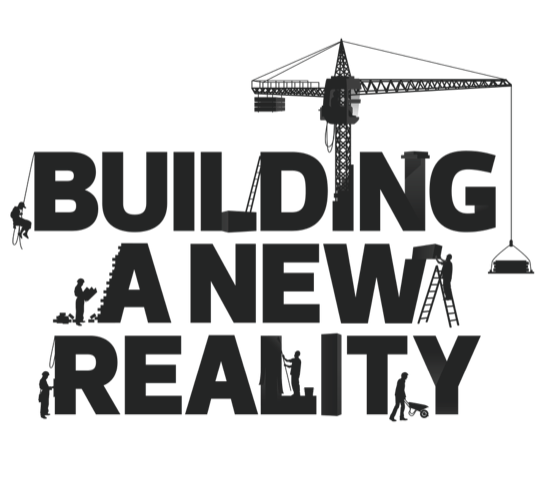In 1998, I attended a professional event in England where I heard a grandmother describe how terrified she was that county social workers were going to place her grandchildren in foster care because her daughter, a single mother, was suffering severe depression.
The grandmother poignantly described her family’s feelings of helplessness and desperation in the face of the power of government, however well-intentioned, to sweep into their lives and take away the grandchildren that they loved so dearly.
However, the skies sudden brightened for the grandmother and her extended family, when the county social service agency offered them the opportunity to participate in a family group conference (FGC).
Instead of the “system” and its social workers making decisions about children without their family’s involvement, family members were invited to develop their own plan for the children. Grandparents, aunts and uncles rallied around the struggling mother.
In the FGC, they organized a structured schedule of visitation and family support at critical hours of the day that ensured the wellbeing of her children. The plan they developed was sufficiently rigorous to satisfy the concerns that had brought about the threatened intervention by government.
The FGC was first developed in New Zealand as a response to the Maori—that country’s native people—who were alarmed by the frequent removal of children from their homes in child abuse and juvenile delinquency cases.
Under an innovative 1989 law, before the courts can remove children from their homes, either for delinquency or child abuse, families must be given the opportunity to develop their own plan to keep their children at home. The law’s most radical provision requires the authorities who convene the meeting to leave the room and allow the family to meet in private; informally called “family alone time.”

The net effect of this new law, according to former New Zealand Judge Fred McElrea, “was that many expensive institutions were able to be closed, and court sittings dealing with young people were greatly reduced.”
New Zealand has moved away from the idea that experts know best. Rather, it engages families, empowering them to guide outcomes. Nor has New Zealand allowed social workers to limit which child gets a conference, resulting in well over 100,000 conferences since the law went into effect.
McElrea points out that the outcome has been unquantified, but that it has realized “substantial savings—not only in dollar terms, but also in terms of the unintended damage that those institutions can cause.”
The New Zealand development of the family group conference has influenced practices throughout the world. In the United Kingdom, the majority of local jurisdictions employ FGCs at times, though—unlike New Zealand—only in a few locales are they mandated for all children taken into care.
Daybreak, the leading FGC provider for children in the U.K., was one of the earliest adopters of the approach, and also pioneered family group conferences for vulnerable adults who have disabilities or who have experienced elder abuse.
As an independent agency organizing and coordinating the FGCs, Daybreak assists families in confronting the awesome power of the state, giving the lifeworld more influence in system decisions.
In the United States and Canada, FGC is usually called family group decision-making (FGDM).
In my home state of Pennsylvania, nearly half of its 67 counties have actively implemented FGDMs, signaling “a significant shift in how families are engaged in decision-making to resolve concerns.”
An African-American grandfather from Los Angeles explained that he didn’t like social workers, “because of my past experiences with the Department of Children and Family Services and the way that they operate. In our community they’re not very well-liked, you know, social workers and the whole bit.”
After experiencing an FGDM, the grandfather asked, ‘Who died in the Department of Children and Family Services and let them do something so terrific?’
The story of the African American grandfather is from Family Voices, an 18-minute video with families from Pennsylvania and California who participated in an FGDM meeting for themselves or a family member.
A review of research by the American Humane Association reported that plans developed by FGDM in child protection “are more likely to keep children safe, result in more permanent placements, decrease the need for foster care, maintain family bonds and increase family well-being…for even the most challenging child welfare situations, including neglect, domestic violence, substance abuse and sexual and physical abuse” (Merkel-Holguin, 2005).


